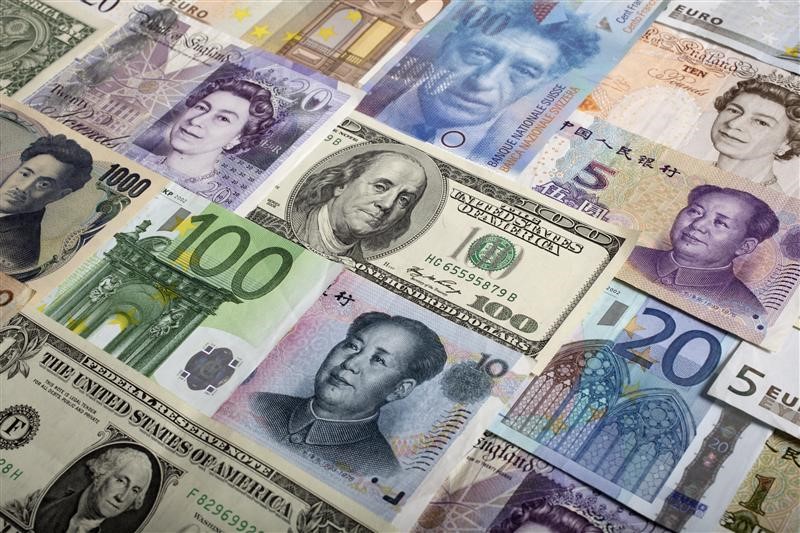Week-Ahead Outlook: Dollar Stabilizes Amid Geopolitical Tensions and Central Bank Divergence

As financial markets gear up for another eventful week, the U.S. dollar has managed to stabilize after a period of gains, influenced by a mix of geopolitical tensions and evolving central bank policies. The recent escalation in the Middle East, specifically the rocket attacks by Hezbollah in Haifa, has injected uncertainty into the markets, prompting a shift towards safe-haven assets and impacting the dollar's performance against other major currencies. This geopolitical unrest is compounded by central bank rhetoric, notably from the Federal Reserve and the European Central Bank (ECB), which are charting different paths in their approaches to managing inflation and supporting economic growth.
The Federal Reserve remains a focal point of market attention, with Minneapolis Fed President Neel Kashkari signaling a shift in the balance of risks away from inflation. Kashkari’s comments suggest a growing confidence in the U.S. economy’s resilience, particularly the labor market, which remains robust despite signs of weakening. This optimistic outlook contrasts sharply with the ECB’s stance, where officials like Holzmann caution that inflation has not yet been fully addressed. The ECB’s proactive stance is further highlighted by projections of a rate cut in October, as the eurozone grapples with subdued growth and inflationary pressures that threaten to undershoot the 2% target. Germany’s economic outlook adds another layer of complexity, with expectations of a 0.2% contraction this year despite assurances from the German Finance Minister that the country’s economic model remains intact. This divergence between the Fed’s optimism and the ECB’s cautious approach creates a nuanced environment for the euro and other European currencies, reflecting the broader economic disparities between the U.S. and Europe.
In contrast, Japan’s economic narrative presents a unique set of challenges and opportunities. Incoming Prime Minister Ishiba’s advocacy for a looser monetary policy indicates potential rate cuts, aiming to stimulate economic growth in the face of declining industrial output and mixed retail sales data. Japan’s August industrial output saw a significant year-over-year decline of 3.3%, raising concerns about the pace of economic recovery. However, retail sales rebounded with a 2.8% increase, suggesting underlying consumer strength that could support economic resilience. The Bank of Japan (BoJ) is navigating these mixed signals, balancing the need to stimulate growth with the imperative to manage inflationary pressures. This balancing act is further complicated by global economic uncertainties and the impact of rising U.S. Treasury yields, which have pressured the yen and influenced USD/JPY volatility. The yen’s fluctuating performance underscores the broader challenges of achieving monetary stability amidst divergent economic conditions and policy responses across major economies.
Market sentiments this week are a blend of cautious optimism and heightened risk aversion. The stabilization of the dollar provides a reprieve for riskier assets, but ongoing geopolitical tensions continue to foster an environment of uncertainty. Commodity markets are particularly sensitive, with oil prices surging approximately 3% in response to fears of a broader Middle East conflict that could disrupt supply chains and drive up prices. This surge in oil prices has a ripple effect on global inflation, potentially prompting further central bank interventions. Conversely, gold has experienced a modest decline of 0.24%, influenced by a stronger dollar and rising Treasury yields, which typically dampen the attractiveness of non-yielding assets. Copper prices have also slipped by 0.37%, reflecting subdued demand expectations and concerns over economic growth in key markets like China, which is expected to implement new policy measures to stimulate its economy.
In the currency markets, the U.S. dollar has shown mixed performance against its G-10 counterparts. EUR/USD has demonstrated resilience, despite broader market declines, supported by falling USD/CNH and lower U.S. Treasury yields. Technical indicators for EUR/USD suggest potential downward pressure if upcoming U.S. economic data fails to meet ex

